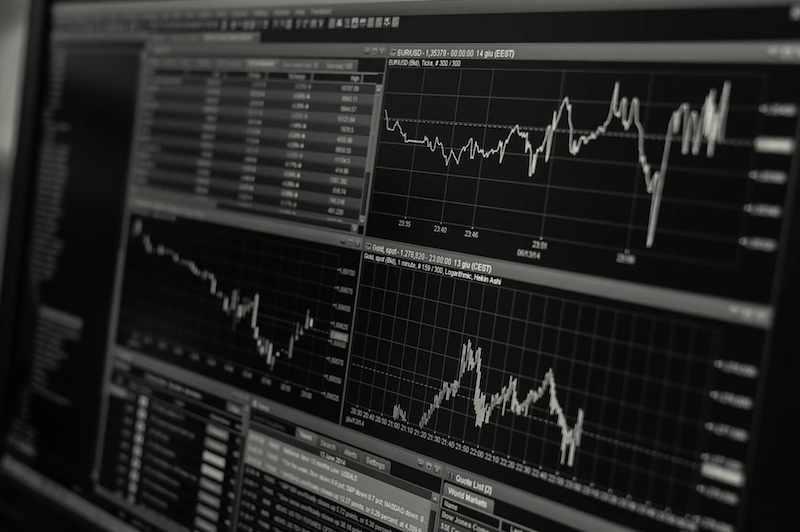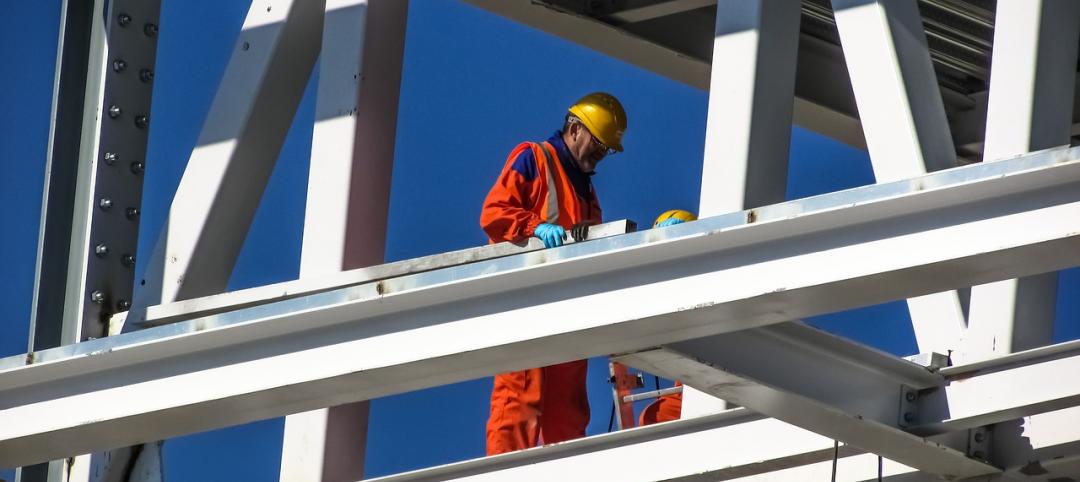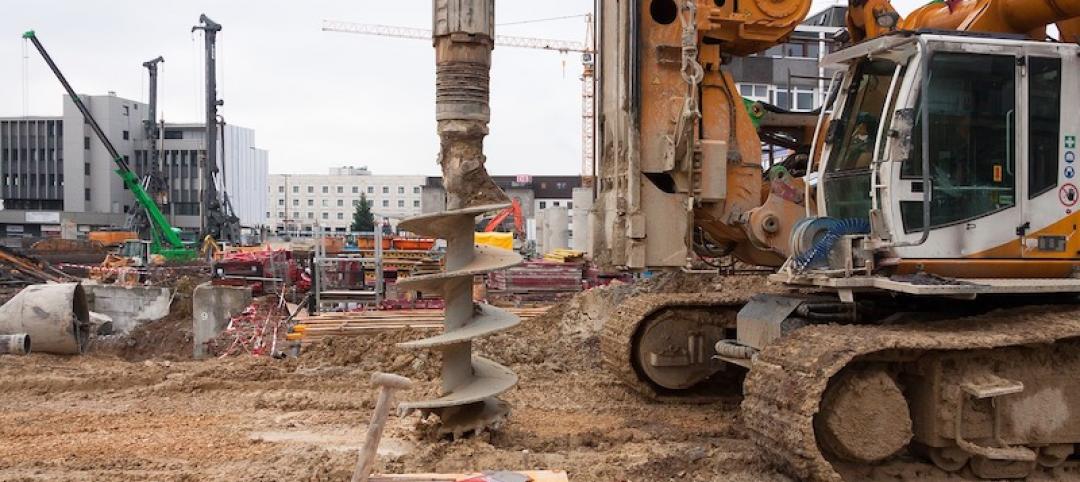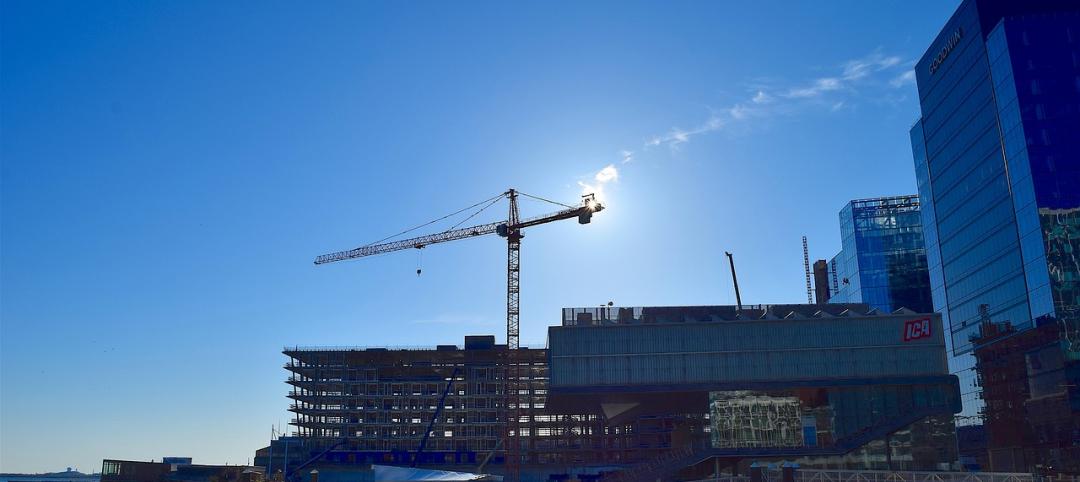Oxford Economics shares its latest analysis of the coronavirus outbreak and its global economic impact. Download the full report.
Coronavirus: Short-term pain but strong rebound likely
• Attention is understandably focused on limiting the damage from the short-term effects of the coronavirus outbreak. But it’s likely that, once disruption and uncertainty fade, the rebound in global economic activity will be strong. It’s important for firms to position themselves for such a recovery.
• Historical evidence supports this view, which is reflected in our baseline forecast and scenario analysis. In the past 200 years, short recessions have typically been followed by robust recovery. Long-term impacts from natural disasters have generally only been evident for specific hazards. With the notable exception of AIDS, longer-term pandemic effects also appear to have been contained.
• Surveys during the 2003 SARS and 2009 influenza outbreaks highlight one explanation for time-limited impacts. Public fears increased alongside rising infection rates, but they dissipated promptly as outbreaks came under control.
• Our modelling is consistent with these stylised facts. In our coronavirus pandemic scenario, global growth grinds to a halt in Q2 2020 as the world economy succumbs to recession, but it then rebounds to a rapid 5% pace of expansion within a year. With much of the initial output loss recovered in a relatively short period of time, long-term impacts are limited.
• But there are risks to this view. The period of disruption could be longer than anticipated, depending on the potential spread and seasonality of COVID-19 and policy actions to mitigate the fallout. Opinion polls also highlight the potential risk of larger, more persistent effects for some countries.
• Moreover, coronavirus-related weakness and associated financial distress could expose other key vulnerabilities – for example related to deteriorating corporate sector balance sheets and fragile trade relations. These would be expected to have persistent effects on global activity over the coming years.
Coronavirus Watch: Global recession is on the way
• Developments over the past week have greatly increased the likelihood that the global economy is moving into recession in response to the surge in COVID-19 cases worldwide, the associated disruption, and the aggressive market sell-off.
• The dismal Chinese activity data for February and the continued slow return to business as usual suggest that China will be an even bigger drag on global GDP growth than we had previously expected in Q1. It also suggests that the economic costs elsewhere associated with shutdowns, other less stringent measures, and voluntary forms of social distancing will be substantial.
• Our current forecast baseline, which was predicated on a modest acceleration in quarterly non-China global GDP growth in Q2, now looks too optimistic. We will issue revised forecasts at the end of this week. And there’s also clearly a risk that disruption extends into Q3, limiting any bounce-back as the Northern hemisphere enters summer.
• But history suggests that economies revive quickly even after major one-off shocks. For now, we still expect a substantial rebound in H2 after a dreadful H1. But policymakers must minimise the adverse spill-overs and second-round effects from shutdowns, such as minimising the risk of cash-flow problems that trigger a wave of bankruptcies and pile pressure on the banking system.
US economy: Profound, pervasive, and persistent – the recession is here
• The US economy is in a recession. The coronavirus pandemic will lead to profound, pervasive, and persistent, but not permanent reductions in activity, with widespread cuts in social spending, severe disruptions to supply chains, and a major interruption in travel and tourism activity.
• With the economics of fear in full swing, we’re now starting to experience the economics of “sudden stops” following public school closures and strict limits on social gatherings across the country. While these measures are indispensable to contain the outbreak, they’ll leave a mark on the economy.
• Our new baseline, to be released Friday, will show real US GDP growth at zero in 2020, down from our forecast for annual growth of 1.7% pre-virus, with around a 12% annualised contraction in output in Q2, equivalent to around a 3% quarter-on-quarter rate of contraction.
• A massive pullback in discretionary and social spending will likely lead to the sharpest quarterly contraction in consumer outlays on record. We expect business investment and trade to shrink by the most since the global financial crisis. Overall, we anticipate a total US GDP loss of $350bn in 2020 and around 1 million job losses.
• Facing a combination of surging corporate spreads, reduced liquidity in the Treasury market, stress in the repo and commercial paper market, a dollar funding issue, and the risk of a credit freeze, the US Federal Reserve decided to “go big” with a necessary display of force as the lender of last resort.
• Meanwhile, the Administration’s confused guidelines and Congress’s pace of response have hurt the economy. With local authorities finally implementing social restraint measures, testing being ramped up, and fiscal stimulus appearing on the horizon, we can hope for a rebound in the second half of the year. But things will still get worse before they get better. In this context, elevated corporate leverage represents a major source of downside risk.
Global travel and tourism confronts unprecedented hit in 2020 as impacts escalate
• Since our last global travel forecast update in February the situation with COVID-19 has become markedly worse—the virus has spread more widely and rapidly than anticipated. Countries around the world have implemented a series of measures in an effort to reduce contagion. However, these measures are causing serious disruption to global growth. Measures will impact tourism still more heavily and an unprecedented fall in global travel is now likely in 2020.
• We project that global arrivals – defined as inbound arrivals of international leisure and business travellers – will fall by at least 10.5% relative to last year (equivalent to 155 million fewer arrivals).
• Asia Pacific will be the hardest hit region, with a 15.4% decline in visitor arrivals forecast for 2020, equivalent to 55 million fewer arrivals compared with 2019. China was the source of the outbreak and is driving much of the decline. China is both the largest destination market and source of travel demand within the region.
vEuropean inbound travel is now forecast to decline 9.7% in 2020. This is less of a fall compared with Asia Pacific in percentage terms but represents a higher volume of travel: 72 million fewer visitors than in 2019.
• Travel to North America is expected to decline 10.9% in 2020.This downgrade is in part due to President Trump’s ban on visitors coming from major European markets. This decline is roughly double the decline from SARS and implies 16 million lost visitors, exceeding the multi-year impact following 9/11. Arrivals to the Americas overall are forecast to decline 9.7% in 2020.
• There are significant downside risks to the 2020 outlook and our quantified downside scenario is becoming increasingly likely. Travel restrictions are being imposed in more countries, and more rapidly than expected, while the spread of the virus and supply restrictions are further reducing travel sentiment.
• Under our downside scenario, global arrivals would fall 17.9% in 2020, 263 million fewer arrivals than in 2019. Under our downside scenario assumptions, travel to and from all regions is downgraded substantially. The impact on the Americas and Europe is more comparable to the impact on Asia Pacific—the hardest hit region under the baseline—as prevention measures are ramped up.
• As with the wider global economy, however, once the situation has stabilised we still expect a rapid recovery since travel demand has proven resilient in bouncing back from downturns in the past. Travel levels are expected to fully recover by 2023.
Related Stories
Coronavirus | Mar 20, 2020
AIA implores Congress to provide relief to business owners and employees
The American Institute of Architects (AIA) 2020 President Jane Frederick, FAIA, and EVP/Chief Executive Officer Robert Ivy, FAIA, are urging Congress to address the critical needs of business owners and employees during the COVID-19 pandemic.
Coronavirus | Mar 20, 2020
Extending care capacity as COVID-19 grows
Coronavirus threatens to overwhelm the U.S. healthcare system. LEO A DALY’s health practice leader offers some innovative ideas for expanding access.
Coronavirus | Mar 19, 2020
Positive vibes: Let's take a look at the brighter side of these crazy times
Perhaps now is a good time to take a page from Monty Python's book and look on the bright side of life. So let's push aside the doom and gloom for a bit and bring a little positivity to these strange times we all currently find ourselves in.
Coronavirus | Mar 19, 2020
Force Majeure and COVID-19 in construction contracts - What you need to know
With the onset of the COVID-19 pandemic, we are all taking a closer look at many portions of our contracts.
Coronavirus | Mar 19, 2020
Technology crucial during COVID-19 social distancing
Technology can help bridge the gap during the Coronavirus pandemic as higher education institutes and corporations are moving to a remote work model.
Coronavirus | Mar 18, 2020
We are in the midst of a paradigm shift for higher education
The question for higher education is, what will the university of the future look like?
Coronavirus | Mar 17, 2020
AIA: Design services saw increase in February, but economic footings are rapidly shifting
"The rapid pull-back in activity throughout the economy will obviously be felt in the design and construction sector, and architecture firms will be one of the first to see how these events play out,” said AIA Chief Economist, Kermit Baker, Hon. AIA, PhD.
Coronavirus | Mar 17, 2020
AGC to government officials: Shutting down construction projects is an unnecessary step
Construction firms are already taking steps to protect employees, most of whom already wear protective equipment, while halting work will undermine efforts to add hospital capacity.
Coronavirus | Mar 16, 2020
Boston mayor orders shut down of construction sites due to coronavirus
Boston Mayor Martin Walsh has ordered that all construction projects in the city be suspended in response to the spread of the coronavirus.
Coronavirus | Mar 16, 2020
Effective remote workforce: Key steps and strategies for success
As the potential scope of the COVID-19 outbreak has become more clear in the United States and Canada, public and private organizations from all industries, sectors and geographies are encouraging their teams to work remotely to reduce the spread of the virus.

















